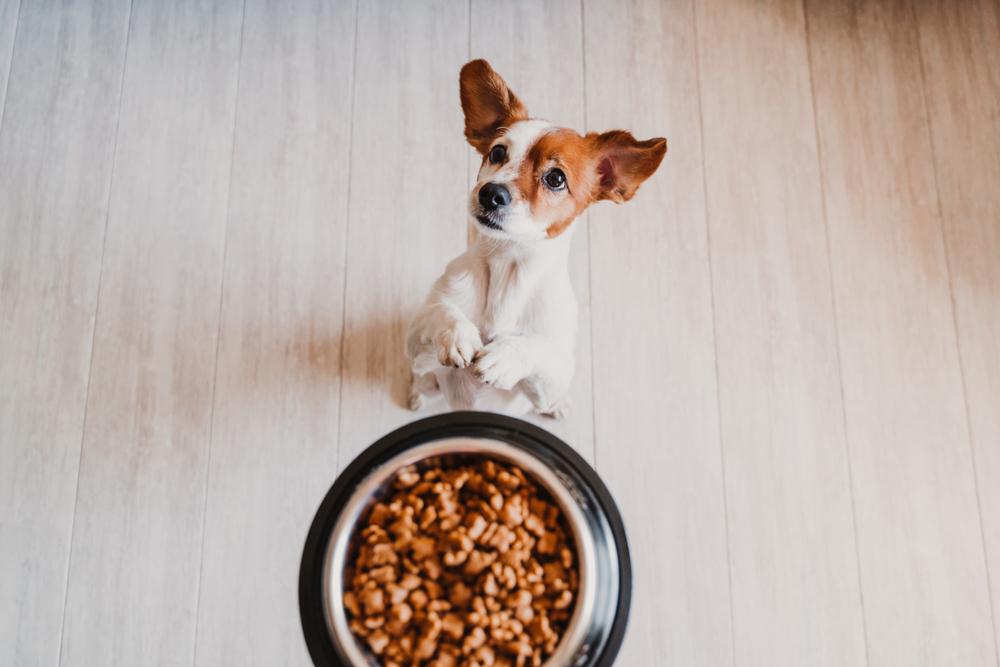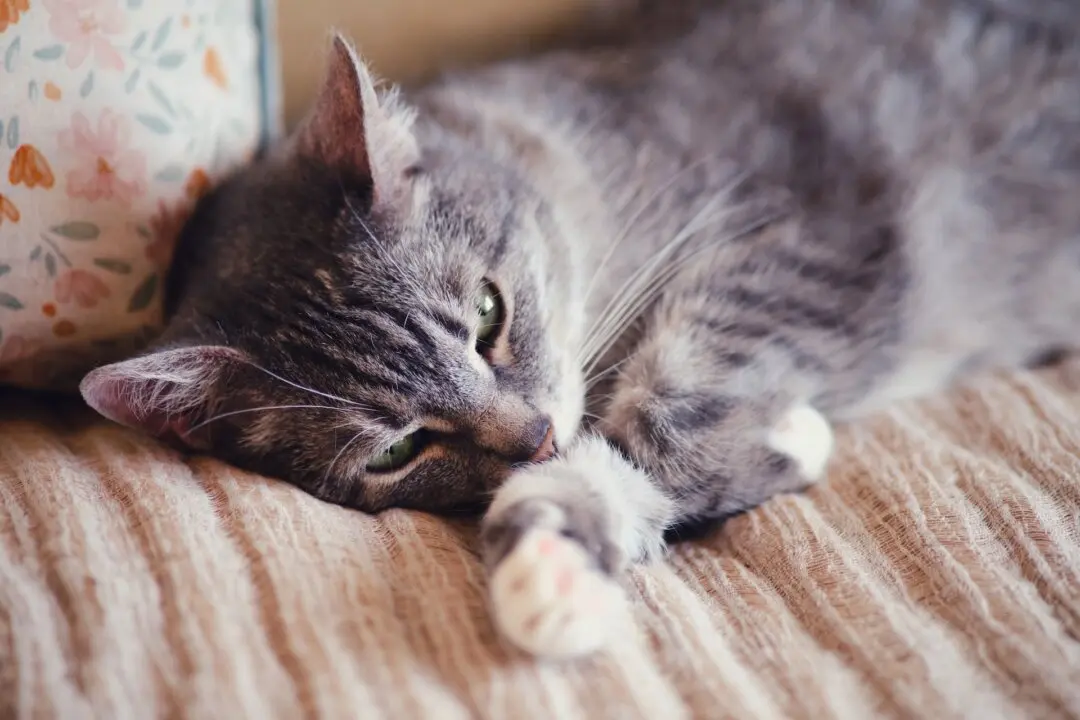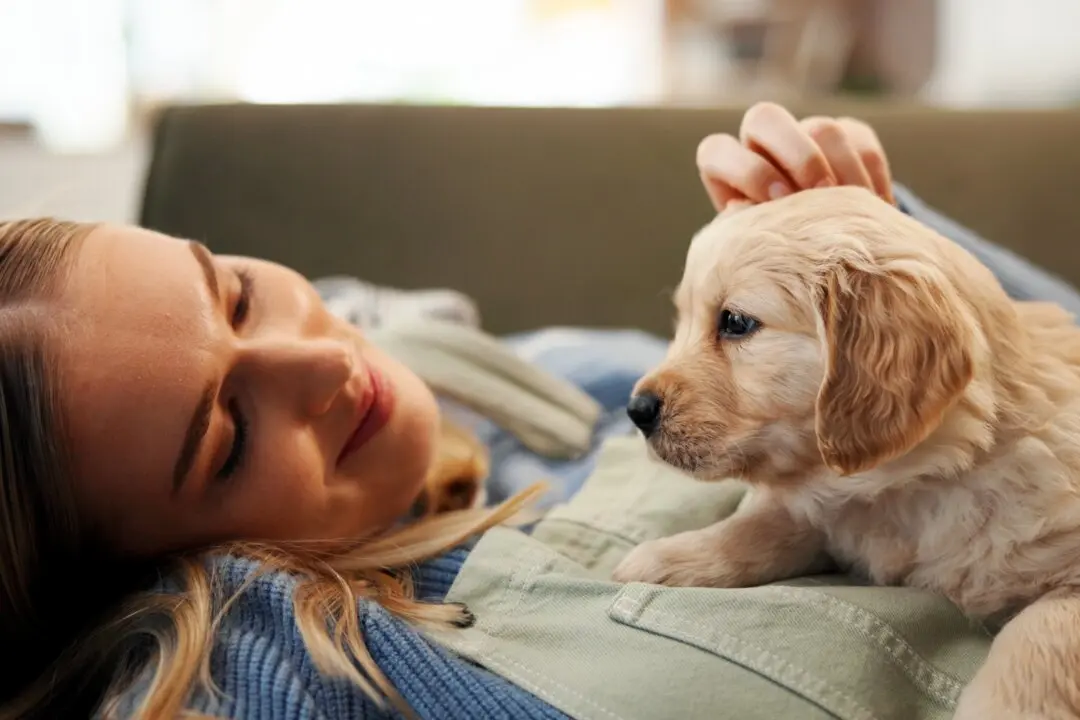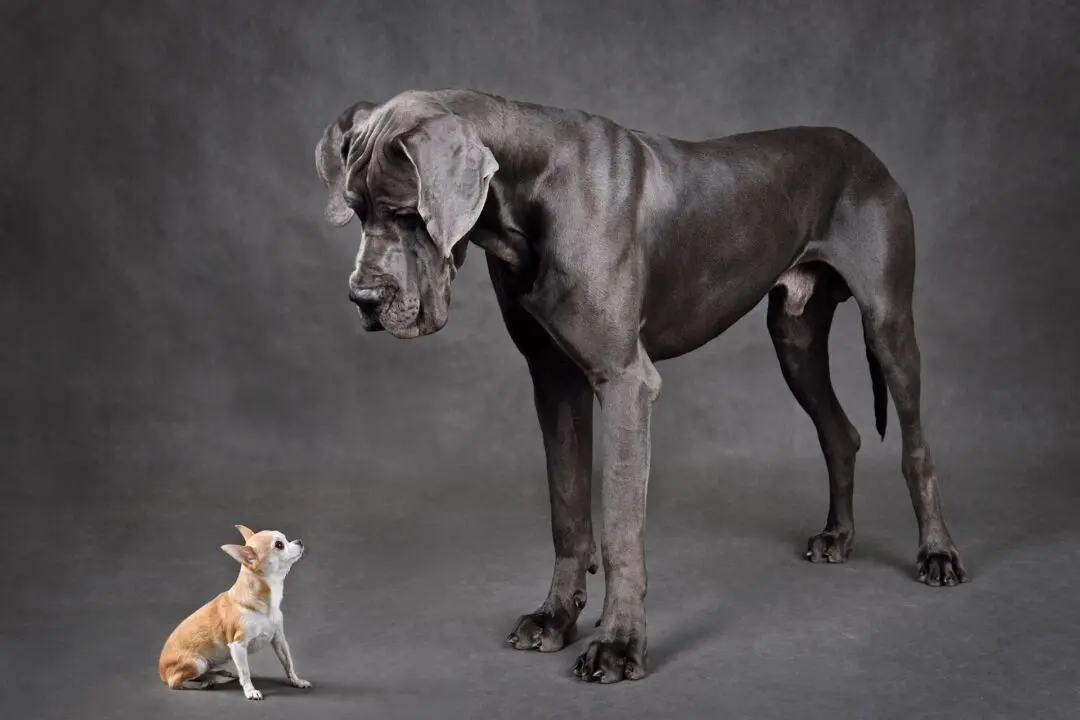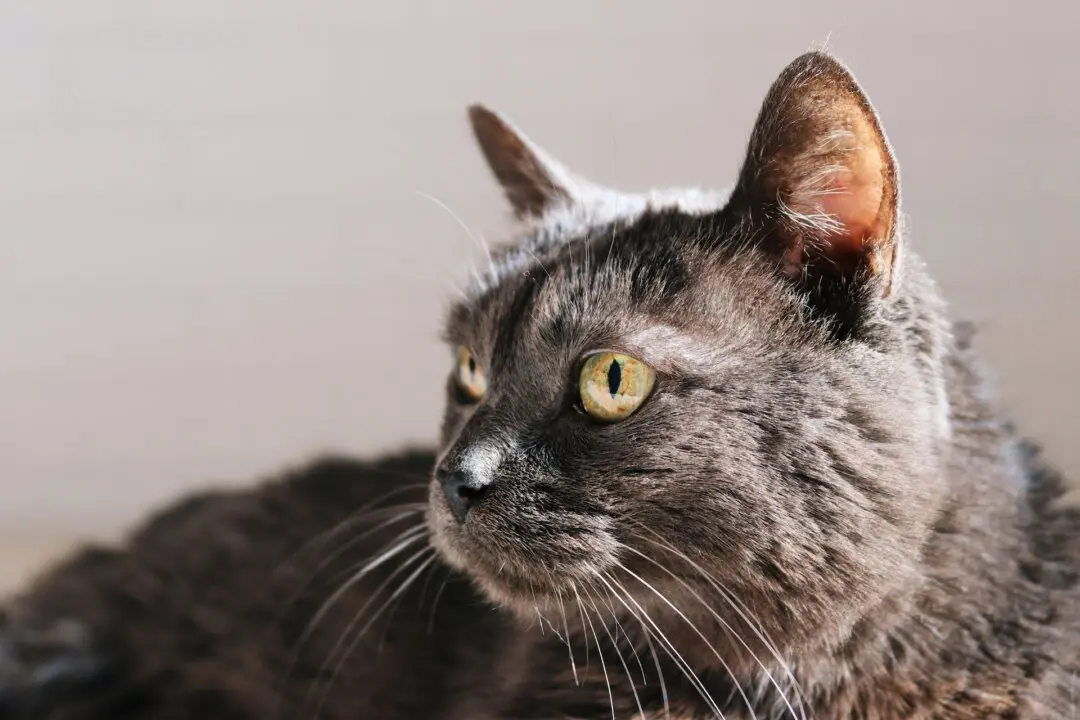Q: The pet food my dog, Sarge, eats is being recalled because it contains too much vitamin D. Since vitamin D is necessary for good health, how can too much be harmful?
A: Several companies’ pet foods were recalled this year after they were found to contain toxic levels of vitamin D.

